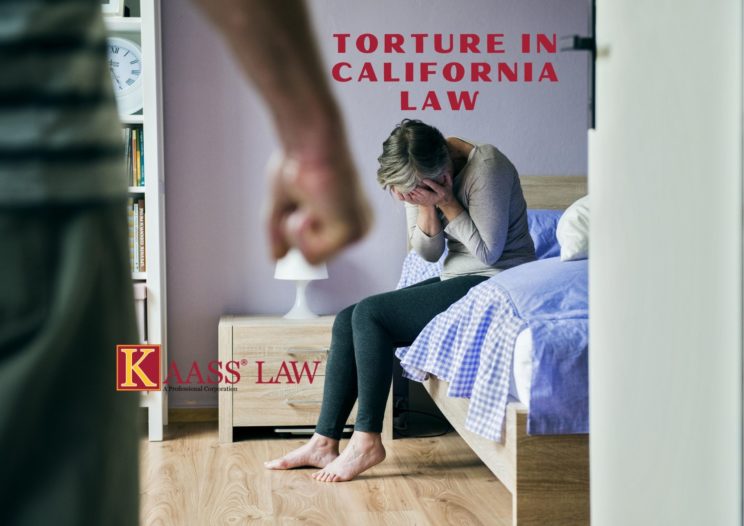According to California Penal Code Section 206, torture is the infliction of great bodily harm with the intention to cause extreme pain and suffering for extortion, revenge, persuasion, or a sadistic purpose.
Torture is similar to mayhem under PC Section 203 and other violent crime offenses, but the main difference is the critical element of motivation. Without motivation, intention to cause suffering and pain and inflicting great bodily harm is not enough for a conviction under PC Section 206.
Elements of Torture in California PC 206
Prosecutor must establish the following elements to prove that defendant has committed an act of torture pursuant to California PC Section 206.
- Defendant inflicted great bodily injury on another person
- When defendant inflicted the injury, he intended to cause extreme or cruel pain and suffering for the purpose of extortion, revenge, persuasion, or any sadistic purpose.
Great Bodily Injury
Under California law, the crime of torture doesn’t require any proof that the victim suffered pain. The only thing that must be shown is that the defendant inflicted great bodily injury and that when he did so he intended to cause extreme pain and suffering while.
For purposes of California PC Section 206, great bodily injury means a substantial or significant physical injury. It must something more than just a minor or moderate harm. Examples of “great bodily injury” include:
- Broken and smashed teeth
- Brain damage
- Facial cut
- Split lip
- Broken bones
- Concussions
Legal Defenses to California PC Section 206 Torture Charges
- Lack of intent
To be found guilty of torture under California PC Section 206, defendant should have caused cruel or extreme pain and suffering to the victim. The intent to hurt another one is not the same as intent to inflict extreme or cruel or pain and suffering.
- Motivation
To be found guilty of torture, defendant’s motivation for causing extreme or cruel pain and inflicting great bodily injury must be for revenge, extortion, persuasion, or sadistic purposes.
- Self-defense or defense of another person
In case the defendant caused extreme pain or inflicted great bodily harm for reasonably defending himself or another person, he can’t be convicted of torture.
Penalties for Violation California Penal Code 206
In case the defendant is convicted of the crime of torture under California PC Section 206, he will be punished with:
- A life sentence in California State Prison
- A fine of up to 10,000
A strike will be added to defendant’s record under California’s Three Strikes Law since torture is considered as a violent felony crime.
The defendant will be eligible to seek parole at a parole board hearing not earlier than seven years into his sentence.
Related Offenses to California PC Section 206 Torture
- Mayhem: California PC Sections 203 and 205
- Extortion: California PC Section 518
- Battery: California PC Section 242
- Aggravated Battery California PC Section 243(d)
- Corporal Injury on Spouse: California Penal Code Section 273.5

